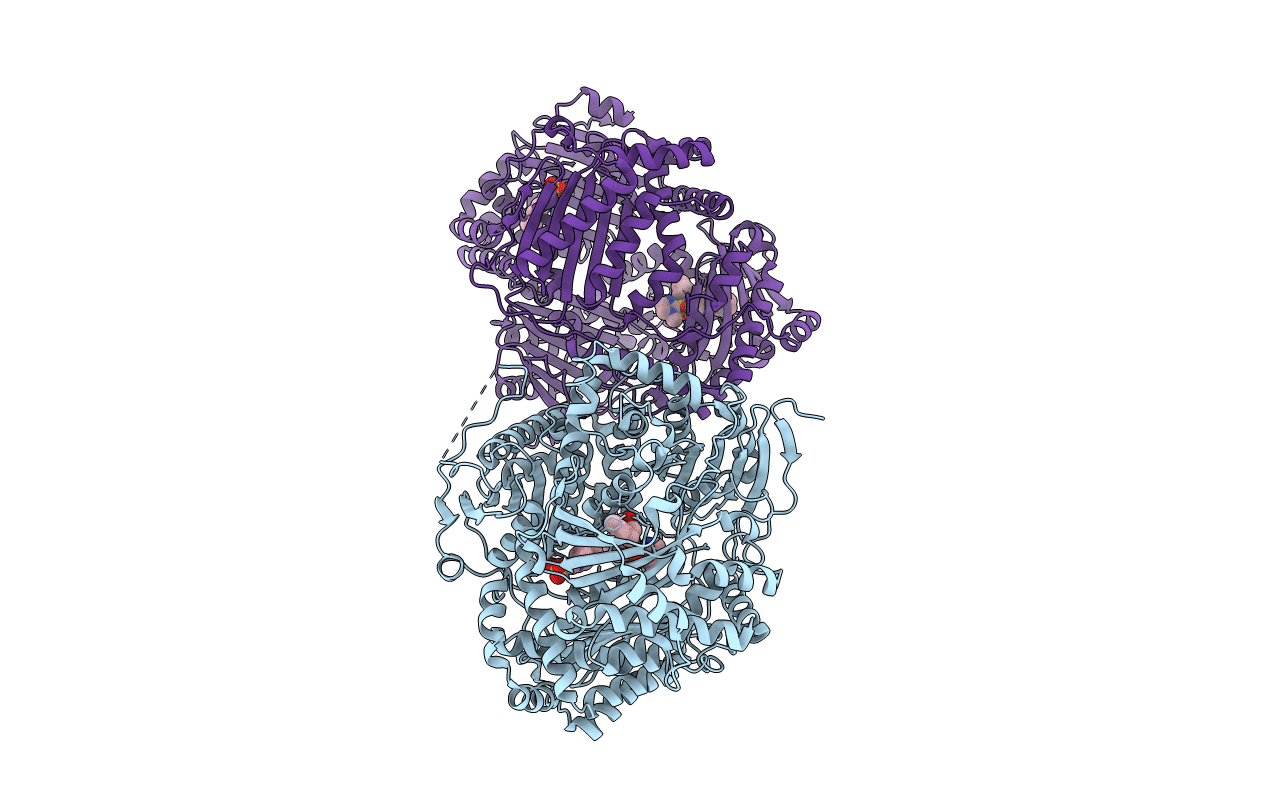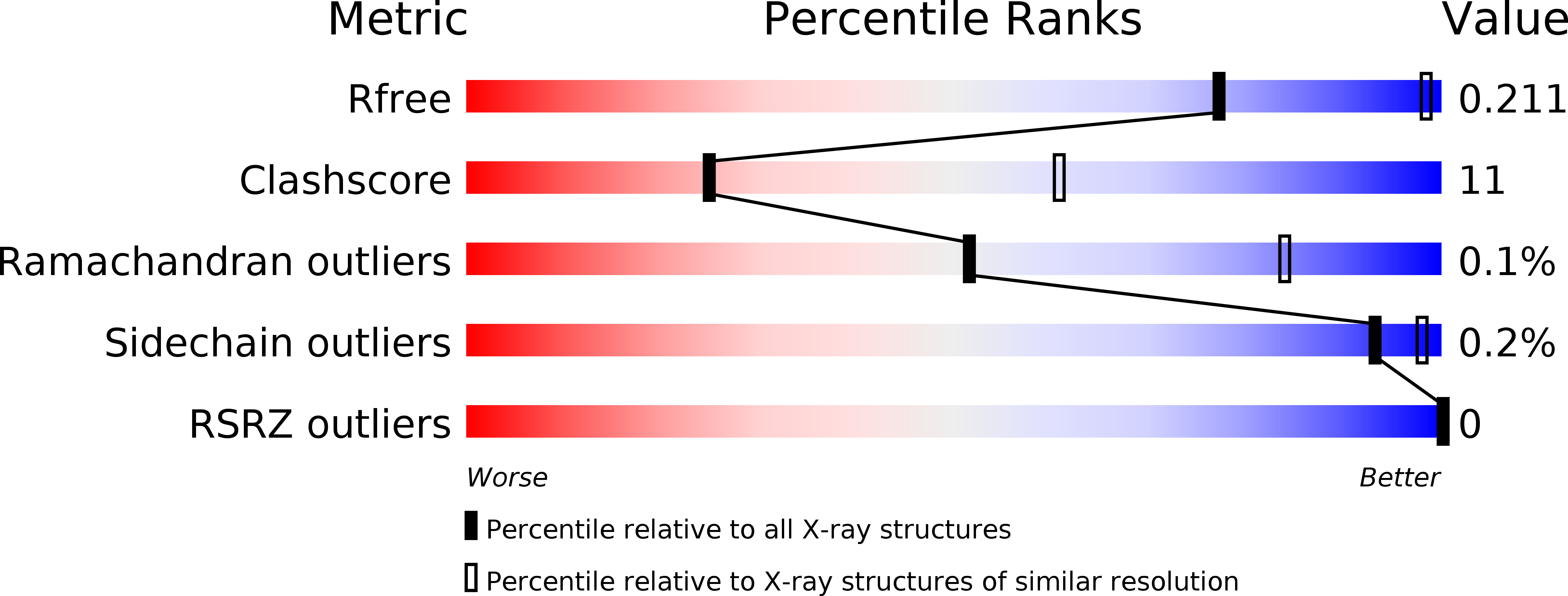
Deposition Date
2018-10-09
Release Date
2019-04-03
Last Version Date
2023-10-11
Entry Detail
PDB ID:
6MQ3
Keywords:
Title:
Structure of Cysteine-free Human Insulin-Degrading Enzyme in complex with Substrate-selective Macrocycle Inhibitor 63
Biological Source:
Source Organism:
Homo sapiens (Taxon ID: 9606)
Host Organism:
Method Details:
Experimental Method:
Resolution:
3.57 Å
R-Value Free:
0.21
R-Value Work:
0.16
R-Value Observed:
0.16
Space Group:
P 65


